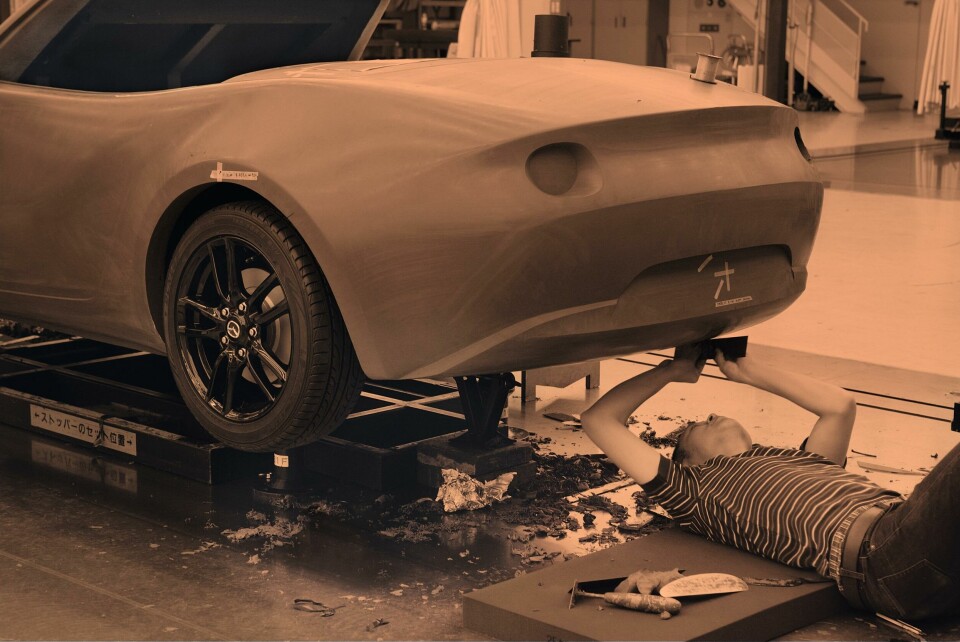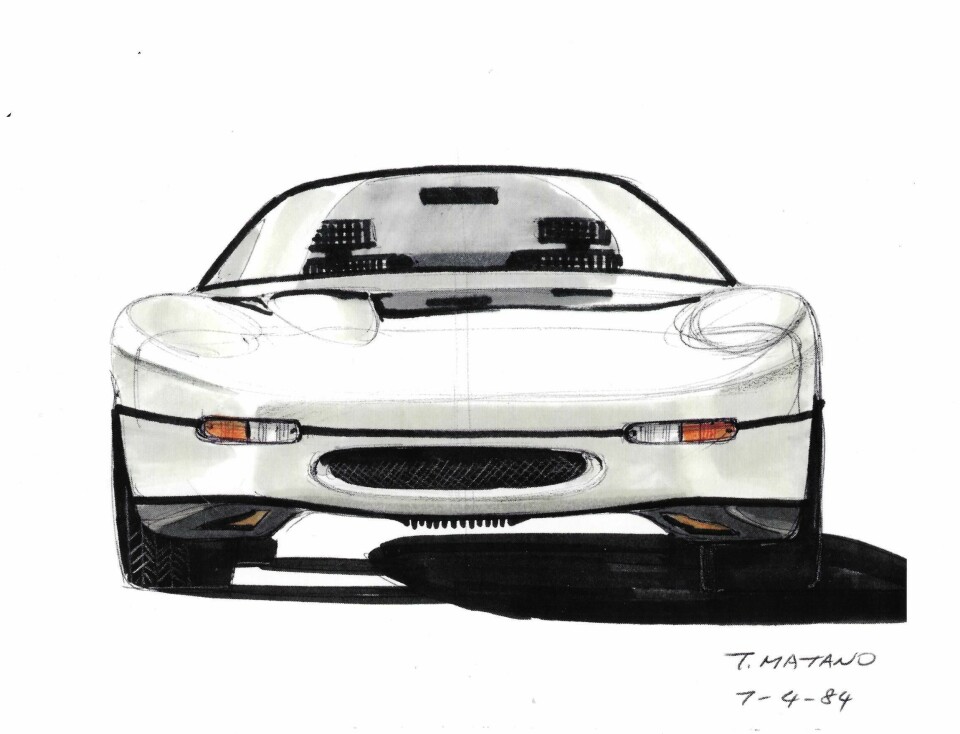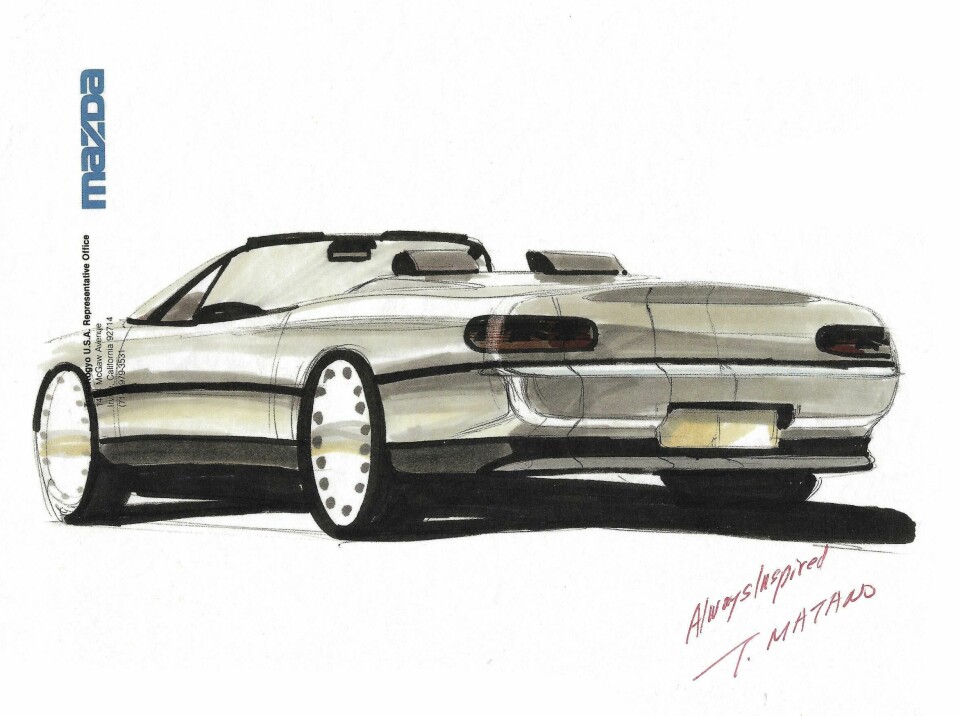
Why we need designers and creatives in a world of AI
Humans want products that make them feel good and are often illogical, which means AI cannot replicate all elements of the design process – there needs to be a human touch, writes Tom Matano
As long as mobility experiences are intended for humans, designers have no need to be threatened by AI. It’s merely another computer software system that, in a matter of minutes, can scan large databases to deliver logical, data-driven solutions to questions. But humans are illogical.
When making most purchases, we decide what we will spend our money on based on the product’s appeal to our emotions and our senses, not our brains. AI can create perfect experiences for product briefs, but humans often say they want one thing (logically), yet when it comes time to make the purchase, they buy the product that makes them “feel good.”

Designers must create products that are aspirational. You have to design both for functionality and how it makes you feel. How it connects with you. While AI can inform designers of data that drives an approach to some aspects of product design, it will never replace the human experience of sinking into a leather seat as opposed to a cloth one.
A vehicle is one of the most illogical things we buy. It devalues every year we own it, yet besides homes, is the most expensive item we purchase. In the mind of many, the car they drive says something about them and their social status. In a recent survey that explored the factors that Americans weigh up when buying a car, a key decision driver was “driving comfort”, a purely emotional and sensory experience. It’s how you design the intangible, the illogical component of the purchase decision that AI cannot do, and it’s why it cannot replace human designers.
It’s the curation of the experience in the vehicle that will get the consumer to buy a product
At Academy of Art University’s School of Industrial Design, students are instructed in the art of creating the experience of transportation. Our core philosophy is to have empathy towards the user and environment, use logic to analyse and solve problems and create an appropriate aesthetic that aligns with brand/design criteria. We are clear with students that it’s the curation of the experience of being in the vehicle that will get the consumer of the future to buy a product.

When my team at Mazda developed the Miata concept, the company had never produced a “convertible sports car”. Our brand was based on delivering value to the customer. I thought we could move it out of the typical Japanese econo-brand by creating a new “experience” to spearhead the “Fun to Drive” philosophy, so we proposed an affordable, open-top sports car. I bought a few sports cars and had our Japanese executives drive and commute in them.
We put an early “Running Prototype” on the street, and from the moment we moved the car from the covered trailer into the shopping mall parking lot, we were surrounded by people and had to escape the crowd. People were running on the sidewalk. At the stop light, a guy in a Mercedes offered his key to swap the car. That experience and the passionate reaction sold the concept. They sensed something special beyond the logic in our Miata concept, and the rest is history.
So much of design is about pushing beyond logic
Engineers can deliver whatever performance target numbers they are asked for, and AI may help them do so through the analysis of data. However, the nuances of how it literally feels when you shift gears or the sensory experience you have when your hand connects with the knob on the stick – is it cold like aluminum or warm like wood – cannot be understood by AI. For a car like a Miata, you want the user to have a visceral experience. The design of the car is as much how it feels and handles as how it’s engineered.
So much of design is about pushing beyond logic. When the Academy is commissioned by major car companies such as Stellantis, General Motors, Volkswagen and Ford, we are being asked to design the future of transportation twenty five or thirty years from now. We are working to provide tangible design solutions to address an individual’s pain points around the experience they want and yearn for.

The concept of individualisation in the design of mass-market products is one of the key tenets we explore at the Academy. As we move closer to mass adoption of self-driving vehicles and instantaneous communication between each of the smart devices we use in our daily lives, we have aligned our industrial design department with our school of Interaction and UI/UX design. Together we’re exploring how we can seamlessly integrate software and vehicle design to give individuals a seamless and joyous experience.
AI can look at target markets and integrate past data sets from psychological and sociological studies into logical outcomes. However, it can never empathise with the working parent who need to get their kids to school or go to the doctor. It cannot design for that. A human designer, however, can, and in doing so, be able to design the experience that will drive that parent to buy their product.



